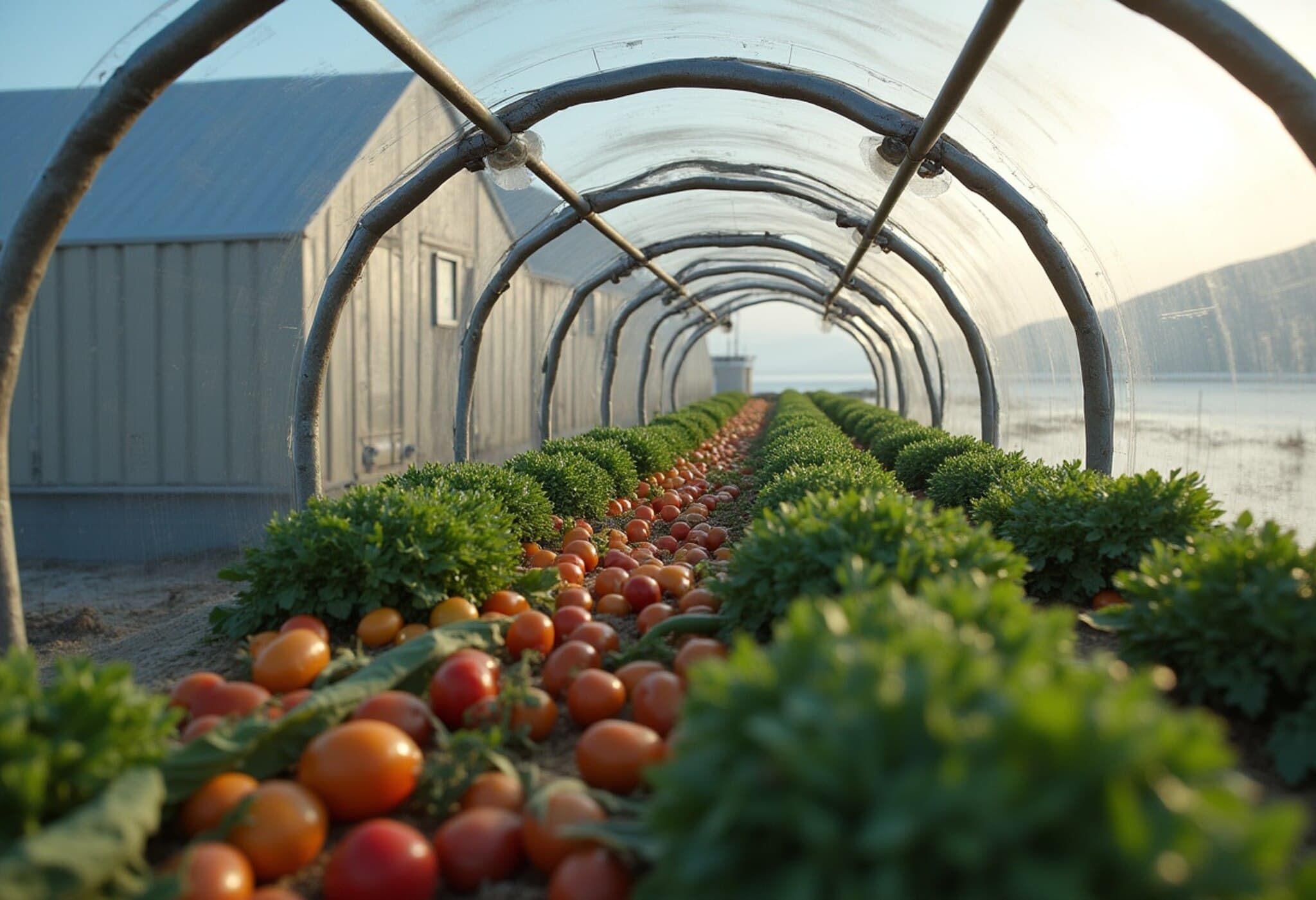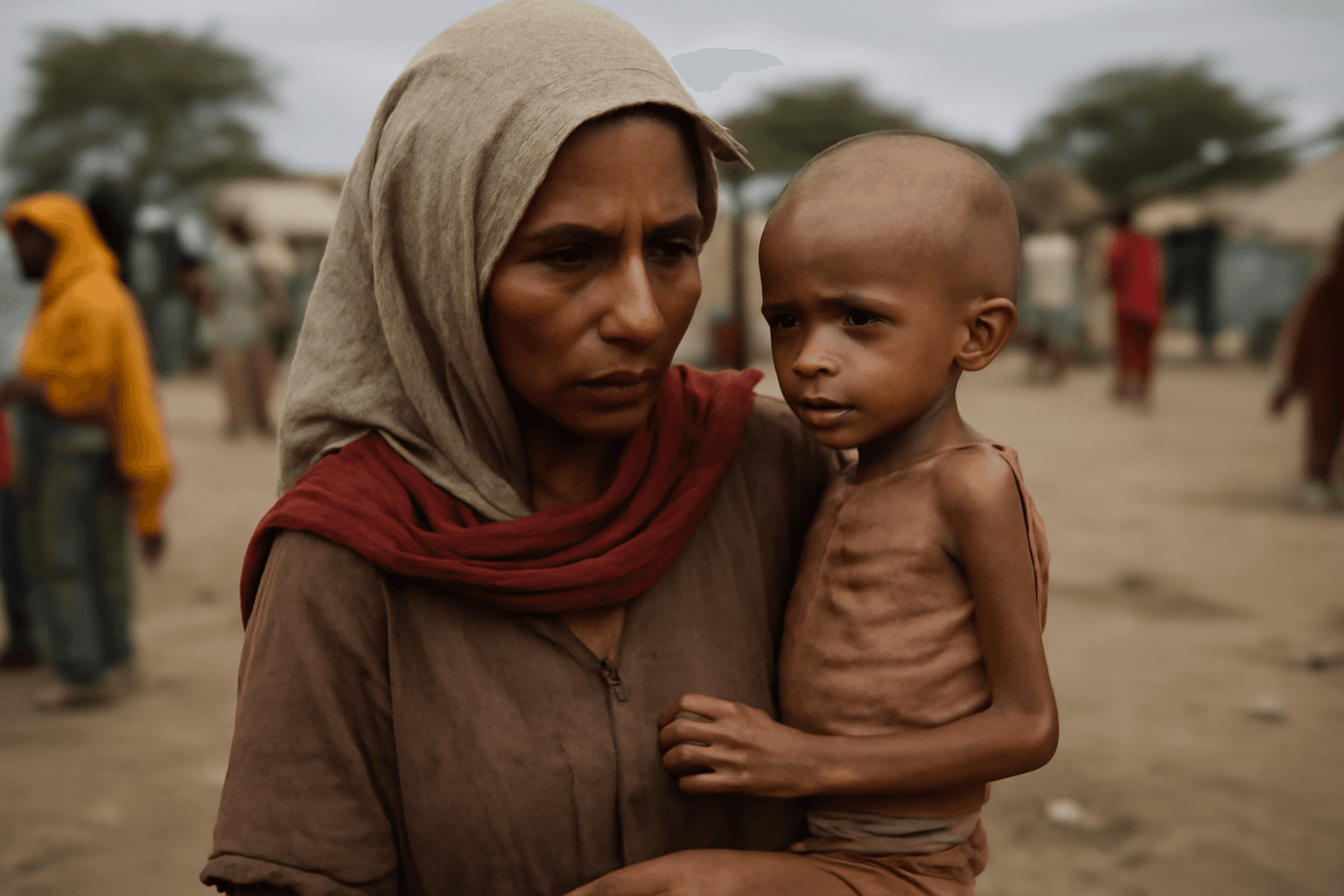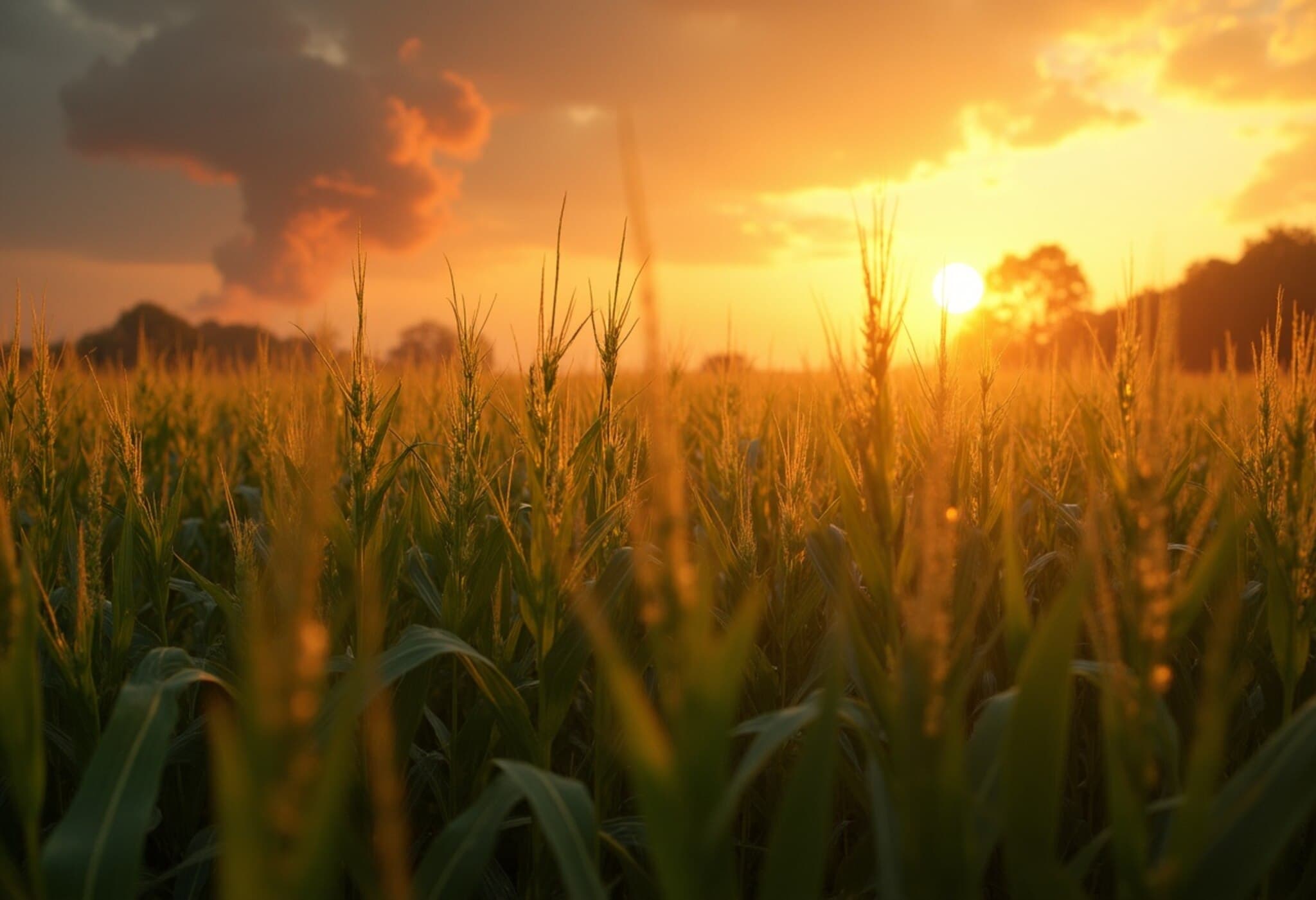Transforming Arctic Life: From Frozen Wasteland to Vibrant Greenhouse
In the remote Inuit hamlet of Gjoa Haven, nestled deep within Canada’s Arctic, a remarkable transformation is underway. Where once only the stark tundra and centuries-old traditions prevailed, new hope sprouts from within insulated shipping containers converted into technologically advanced greenhouses. This innovative initiative is revolutionizing access to fresh, nutritious food in a region historically deprived of such luxuries.
The Challenge of Growing Food in the Arctic
Gjoa Haven, located on a windswept island with long, sunless winters and sparse vegetation, offers an extreme environment for agriculture. Residents endure extended periods of darkness lasting weeks, with landscape flora limited to low-lying shrubs and occasional hardy tundra plants. The nearest trees are hundreds of miles away, forcing generations of Inuit to rely primarily on hunting and fishing for sustenance.
However, a reliance on imported foods flown from southern Canadian cities has long been a costly and unreliable means of supplying fresh produce. Food insecurity in Nunavut—the vast Canadian territory encompassing communities like Gjoa Haven—affects 60% of its population, the highest rate in the country. Prices at local supermarkets can reach prohibitive levels; for example, a week’s groceries for a family of six can easily top $900 CAD.
Innovative Solutions Rooted in Community Partnership
Recognizing the pressing need for change, local elders approached the Arctic Research Foundation with an ambitious idea: a sustainable greenhouse capable of producing fresh vegetables and fruits year-round despite the harsh climate. Supported by a blend of renewable energy systems—including wind turbines and solar panels—and a diesel backup, this project named "Naurvik" (Inuit for “the growing place”) set up modified shipping containers on a hillside near the hamlet in 2019.
The greenhouse leverages advanced agriculture techniques: LED grow lights, hydroponics, and precise climate control shield the plants from Arctic extremes, letting them flourish in soil and water systems invisible to the barren tundra outside. Despite initial skepticism and anxiety among locals unfamiliar with plant cultivation, early successes have yielded vibrant strawberries, tomatoes, and broccoli, igniting enthusiasm across the community.
Human Stories Behind the Plants
- Betty Kogvik, an Inuit resident, went from knowing almost nothing about plants to becoming a skilled grower, proudly harvesting strawberries sweeter than those flown in.
- Kyle Aglukkaq, a young local, once believed plants were fragile but now tends them confidently, showing how knowledge transmission is rooting deeply.
- Local elders and search-and-rescue teams benefit from fresh produce donations, improving health and wellbeing.
Economic and Health Implications for Remote Indigenous Communities
This greenhouse initiative stands at the intersection of health promotion, economic opportunity, and cultural resurgence. It attempts to address the stark reality that many Inuit now live sedentary lifestyles, with diets increasingly saturated with processed foods. The resulting surge in obesity and diabetes starkly contrasts with traditional diets that were once rich in fresh game and fish.
Tom Henheffer, CEO of the Arctic Research Foundation, envisions scaling operations to make such greenhouses economically viable across Arctic communities. By combining local food production with facilities processing traditional products like Arctic char, there is potential for sustainable livelihoods that honor Indigenous heritage while embracing modern technology.
Furthermore, the project aims to tap into federal subsidies designed to encourage local fresh food retail, a departure from current models that funnel resources to southern grocers. This approach could empower communities to reclaim autonomy over their food systems.
Challenges & Perspectives
Despite encouraging early results, numerous challenges remain:
- High operational costs: The $3.6 million CAD investment to date underscores the capital-intensive nature of these ventures.
- Scaling up production: Transitioning from research to large-scale supply requires technical refinement and ongoing community commitment.
- Maintaining cultural connection: Balancing innovative agriculture with preservation of traditional subsistence skills is essential for cultural continuity.
Local politicians like Tony Akoak, a Gjoa Haven representative, express cautious optimism. He recalls an era when hunting and fishing were dominant and laments younger Inuit losing these skills but sees the greenhouse as a beacon of progress enhancing community health and resilience.
Looking Ahead: The Arctic’s Greening Promise
The Gjoa Haven project exemplifies how ingenuity and respect for Indigenous knowledge can converge to overcome environmental inevitabilities. As climate change accelerates and northern communities grapple with evolving challenges, this model offers a blueprint for self-sufficiency, improved nutrition, and economic opportunity.
By literally planting the seeds of change inside converted shipping containers, the people of Gjoa Haven are reimagining what life in the Arctic can look like — vibrant, healthy, and rooted in community resilience.
Editor's Note:
The journey from an environment synonymous with ice and isolation to one that fosters year-round growth raises profound questions: How can Arctic innovations reshape Indigenous food sovereignty amidst climate change? What role should governments play in empowering local solutions rather than imposing external models? As Gjoa Haven’s green revolution unfolds, following its progress will shed light on the future of northern communities globally.
















